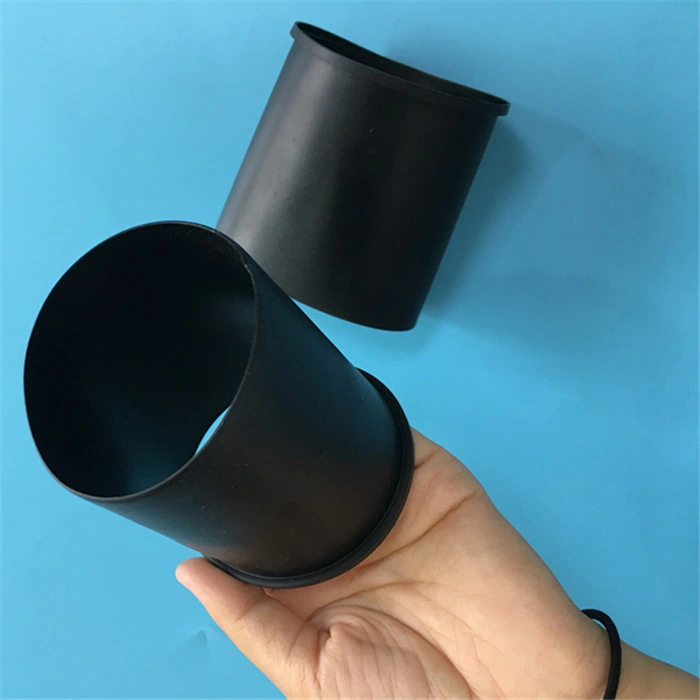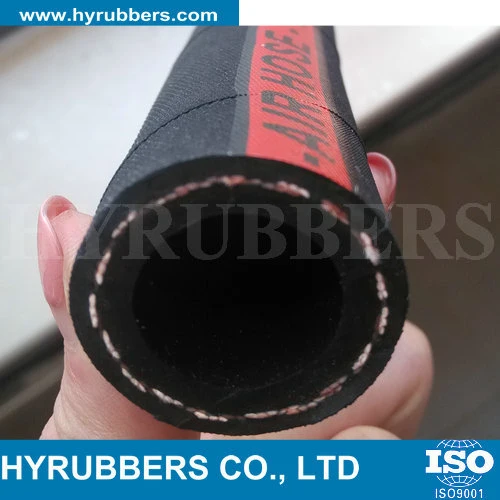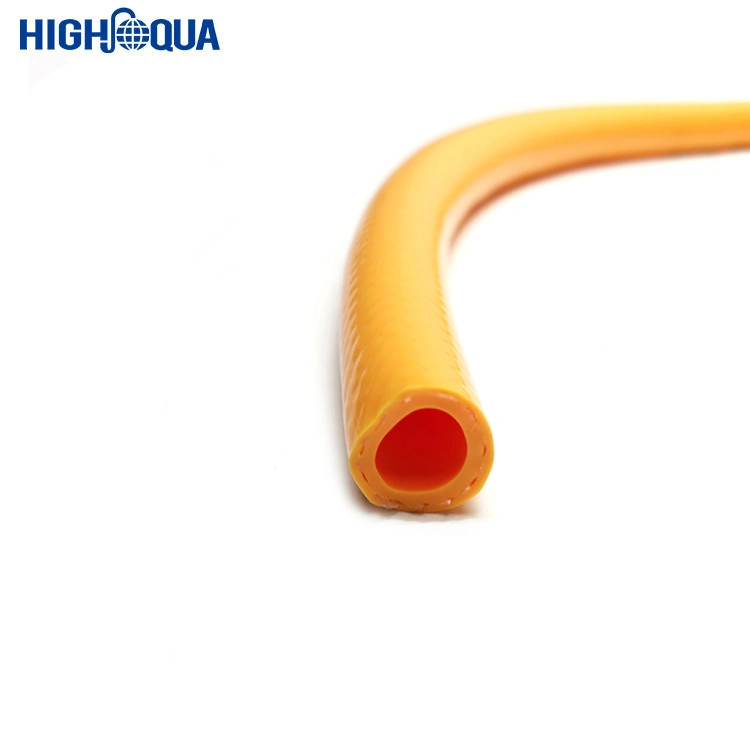National Arbor Day is April 29 and is celebrating its 150th anniversary this year.
Arbor Day Foundation’s website says it all, “Trees play a critical role in creating healthier, safer, and more connected communities. They clean our air, filter our water, and even slow storm surge and flooding in our cities. Trees also provide shade and cool our cities by up to 10 degrees, which can help prevent heat-related deaths in urban areas.”
Californians, now facing a third year of drought, should help celebrate Arbor Day this year by checking out some very good resources on the state’s “Save Our Water” website, saveourwater.com, including a “Save Our Trees” punch list that covers the bases.
The San Joaquin Master Gardener’s also have a website dedicated to Water Conservation: https://sjmastergardeners.ucanr.edu/Water_Conservation_/.
“Even if a municipality imposes watering restrictions, you'll likely be able to properly water trees. Remember, trees are an investment. It will take more water, time, and money to replace a mature tree lost to drought than to keep it alive.”
The UC Davis California Center for Urban Horticulture has a TRIC, or “Tree Ring Irrigation Contraption” at https://ccuh.ucdavis.edu/tric and a “Step by step guide with example problems to determine how long to run your irrigation system designed by Dr. Oki.” There’s also a good, free SoilWeb app resource mentioned to download, which is helpful for learning about your soil’s profile.
“Young trees (0-3 yrs.) need 5 gallons of water 2-4 times per week. Create a small watering basin with a berm of dirt. Drill a small hole in the bottom of a 5-gallon bucket, place it near the tree, fill it with water, and let it slowly drain. If soil drains slowly, knock down berm in winter.” This is a good use of captured rainwater in a bucket without holes, then transferred to a bucket with holes.
“4-6 inches of mulch or leaf litter improves vigor and helps retain moisture, reducing water needs and protecting your trees. Keep mulch from trunks and stems. Mulch also does not compete for water (like lawns) or radiate heat (like rocks).”
“Watering faster than soil can soak it in leads to runoff and waste. Long, slow soaks allow water to go deeper. Place watering system above the trees if on a slope so water flows and soaks around the tree (but not close to the trunk). Use a hose timer so you don't leave the hose on.”
Related:After wildfires, scorched trees could disrupt water supplies across West
“Check soil moisture to see if it's time to water. The easiest way is to use a long screwdriver and poke the soil. It will pass easily into moist soil, but be difficult to push into dry soil. If you can't poke it in at least 6 inches, it's time to water.”
"For established trees (3+ years), slowly soak the root zone under the canopy until water soaks 12-18 inches below the surface. Do not water close to the trunk. Use a soaker hose, a sprinkler hose attachment on a low setting, or other watering systems.”
“Avoid pruning or fertilizing trees during dry seasons. Lack of water and too much pruning both stress your trees. Fertilizer encourages leafy growth, which requires more water.”
This may be another year of drought in California; just remember that our “landscape water use in California accounts for only 9% of the total statewide water use,” as pointed out in the Gardening- Hidden Costs of Letting Your Landscape Go Dry column.
The National Arbor Day Foundation reminds us: “We plant trees because people need trees. And when planted in the right place, they have great impact. Trees help slow climate change, filter our air and water, foster biodiversity, and strengthen our communities. They create the kind of transformational change the world needs now.”
Do you have a gardening related question? Contact the San Joaquin UC Master Gardeners at (209) 953-6112. More information can also be found on our website ucanr.edu/sjmg.









